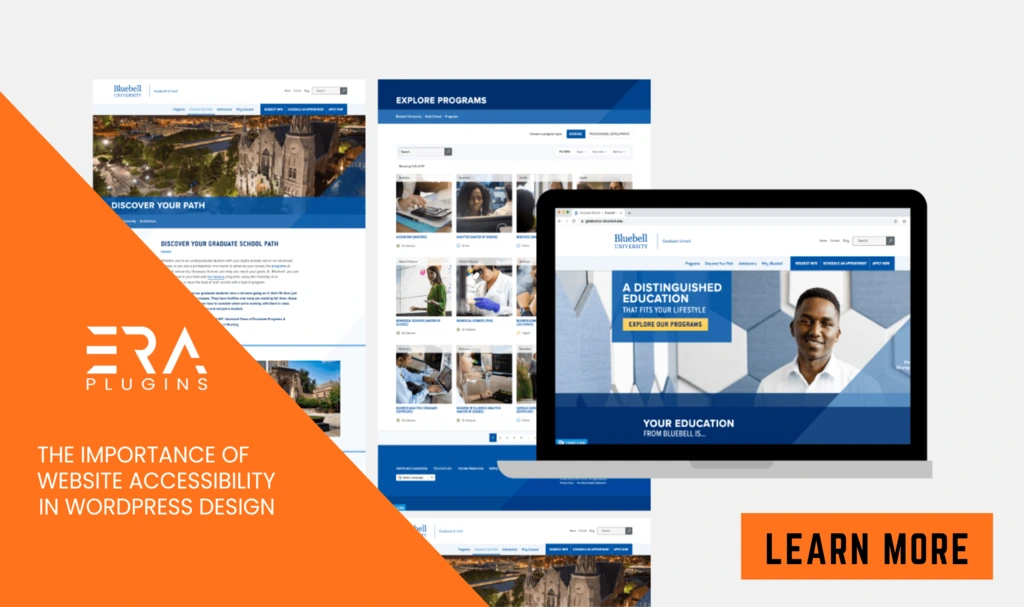Creating an inclusive online experience is not only a moral imperative but also a legal requirement in many jurisdictions. In this article, we’ll delve into the significance of website accessibility in WordPress design and explore key strategies to ensure your website is welcoming to all users, regardless of their abilities.
Why Website Accessibility Matters
Website accessibility ensures that people with disabilities can perceive, navigate, and interact with your site effectively. It goes beyond simply avoiding legal consequences; it’s about creating an equitable online environment that caters to everyone’s needs.
1. Legal Compliance
Laws such as the Americans with Disabilities Act (ADA) and the Web Content Accessibility Guidelines (WCAG) mandate that websites provide equal access to all users. Non-compliance can result in legal action and tarnished reputation.
2. Enhanced User Experience
Accessible websites offer a superior experience for everyone. Users benefit from well-structured content, clear navigation, and adaptable design, regardless of their abilities.
3. Expanded Audience Reach
Improving accessibility opens your website to a wider audience, including individuals with disabilities, aging populations, and those using assistive technologies.
Best Practices for WordPress Accessibility
1. Use Semantic HTML
Utilize appropriate HTML elements to convey content structure. Use headings, lists, and semantic tags to make content understandable for screen readers.
2. Provide Alt Text for Images
Include descriptive alternative text for images to ensure users with visual impairments understand the context of images.
3. Implement Keyboard Navigation
Ensure all interactive elements, such as menus and forms, can be accessed and operated using keyboard navigation alone.
4. Optimize Forms and Links
Clearly label form fields, provide error messages, and ensure link text is descriptive to aid users using assistive technologies.
5. Test with Assistive Technologies
Regularly test your website using screen readers, keyboard navigation, and other assistive tools to identify and address accessibility barriers.
Creating an accessible WordPress website is essential for fostering inclusivity and complying with legal requirements. By following best practices and integrating accessibility considerations into your design process, you can create a digital space that welcomes all users and ensures that everyone can engage with your content and services.





